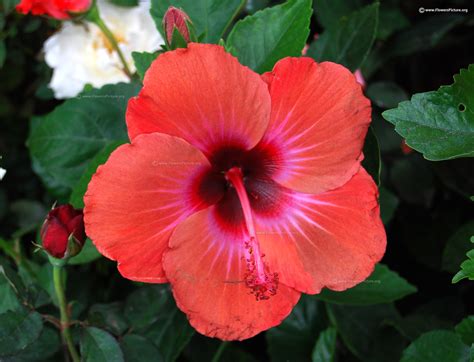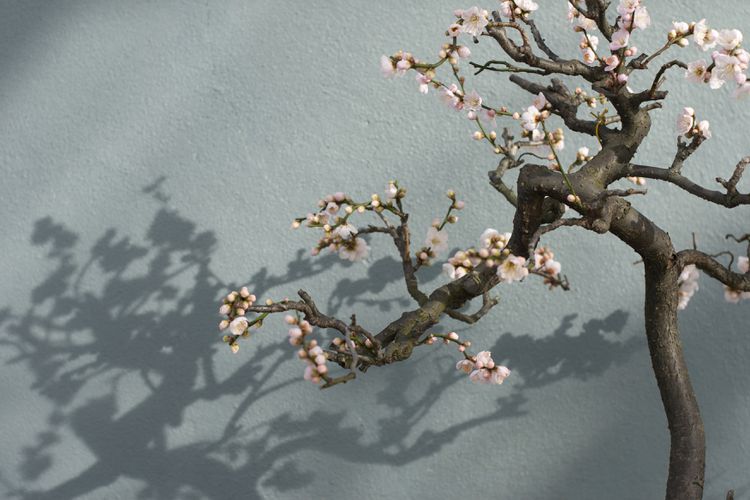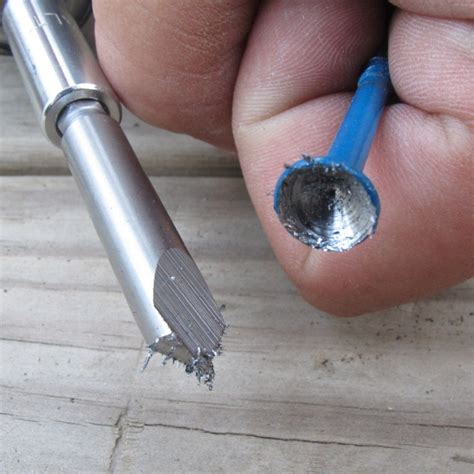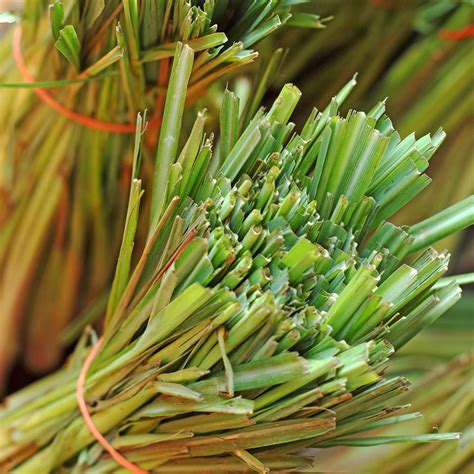
If you’re looking to add vibrant colors and tropical beauty to your garden or indoor space, hibiscus plants are an excellent choice. These stunning flowers are known for their large, showy blooms and lush green foliage. In this comprehensive guide, we’ll provide you with all the essential information you need to care for and grow hibiscus plants successfully.
Hibiscus Care: Setting the Foundation for Growth
Proper care is crucial for the health and vitality of your hibiscus plants. Here are the key aspects to consider:
Light: Providing the Right Amount
Hibiscus plants thrive in bright sunlight. They require at least 6 hours of direct sunlight each day. Place them in a location where they can receive ample sunlight, such as a south-facing window or a spot in your garden that receives full sun.
Soil: Choosing the Ideal Medium
Hibiscus plants prefer well-draining soil that is rich in organic matter. Use a potting mix specifically formulated for tropical plants or create your own blend using equal parts of peat moss, perlite, and compost. This will ensure that the soil retains moisture without becoming waterlogged.
Water: Finding the Right Balance
Watering is an essential aspect of hibiscus care. Keep the soil consistently moist but not waterlogged. Water your hibiscus plants thoroughly whenever the top inch of soil feels dry to the touch. Avoid overwatering, as it can lead to root rot.
Temperature and Humidity: Creating the Perfect Environment
Hibiscus plants thrive in warm temperatures between 60°F and 90°F (15°C and 32°C). They also prefer a humid environment. If you’re growing hibiscus indoors, consider using a humidifier or placing a tray filled with water near the plant to increase humidity levels.
Fertilizer: Nourishing the Plants
Hibiscus plants are heavy feeders and benefit from regular fertilization. Use a balanced, slow-release fertilizer specifically formulated for flowering plants. Apply the fertilizer every 4-6 weeks during the growing season, following the package instructions for proper dosage.
Types of Hibiscus: Exploring Variety
Hibiscus plants come in various types, including tropical hibiscus (Hibiscus rosa-sinensis) and hardy hibiscus (Hibiscus moscheutos). Tropical hibiscus features large, showy blooms and is best suited for growing in containers or as indoor plants. Hardy hibiscus, also known as rose mallow, is a perennial plant that can withstand colder temperatures and is ideal for outdoor gardens.
Pruning: Shaping and Maintaining
Regular pruning helps maintain the shape and size of your hibiscus plants and encourages bushier growth. Prune your hibiscus in early spring before new growth begins. Remove any dead or damaged branches and trim back the plant to promote fuller growth and more abundant blooms.
Propagating Hibiscus: Creating New Plants
If you want to expand your hibiscus collection, propagating them through cuttings is an effective method. Take 6-8 inch stem cuttings from a healthy, established plant, remove the lower leaves, and place them in a container with a well-draining potting mix. Keep the soil moist and provide them with bright, indirect light until roots develop.
How to Grow Hibiscus From Seed: Starting from Scratch
While hibiscus can be grown from seeds, it requires patience and time. Start by scarifying the seeds to help with germination, then soak them in warm water overnight. Sow the seeds in a seed-starting mix, keep them consistently moist, and provide them with warmth and bright light. It may take several weeks for the seeds to germinate.
Potting and Repotting Hibiscus: Finding the Right Container
When growing hibiscus in containers, choose a pot with good drainage and a size appropriate for the plant’s root system. Repot the plant every 2-3 years or when it becomes root-bound. Use fresh potting mix and a slightly larger container to provide enough space for the growing plant.
Common Pests: Defending Against Intruders
Hibiscus plants can be susceptible to pests such as aphids, mealybugs, and whiteflies. Inspect your plants regularly and take appropriate measures at the first sign of infestation. Use insecticidal soaps or neem oil to control pests, following the product instructions carefully.
How to Get Hibiscus to Bloom: Encouraging Flowering
If your hibiscus plant is not blooming, there are a few factors to consider. Ensure that it is receiving enough sunlight, proper nutrition from fertilizers, and consistent moisture. Prune the plant to promote new growth and remove any buds that have dropped prematurely.
Common Problems With Hibiscus: Troubleshooting
Here are a couple of common issues you may encounter with hibiscus plants:
Yellow Foliage: Addressing Nutrient Deficiencies
If the leaves of your hibiscus turn yellow, it may indicate a nutrient deficiency, particularly nitrogen or iron. Apply a balanced fertilizer or use iron chelates to correct the issue.
Dropping of Buds: Understanding Environmental Factors
Environmental stressors, such as sudden temperature changes, inadequate watering, or low humidity, can cause buds to drop before they fully bloom. Ensure stable growing conditions and provide optimal care to prevent bud drop.
By following these care guidelines and addressing common issues, you can enjoy the beauty of hibiscus plants and their spectacular blooms. Whether you’re growing them indoors or in your garden, these tropical flowers are sure to add a touch of elegance and color to your surroundings. Happy gardening!






